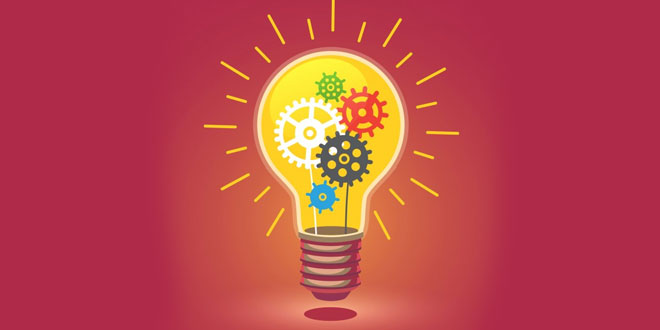Question: Discuss what happens when an electrolyte is dissolved in water, and then an electric current is passed through it.
Answer: When an electrolyte is dissolved in water, it breaks up into cations (positively-charged ions) and anions (negatively-charged ions). When electric current is passed through the solution, the cations move towards the cathode (negatively-charged electrode) and the anions move towards anode (positively-charged electrode). This results in a chemical change.
Question: What happens when electricity is passed through tap water?
Answer: Tap water will conduct electricity as it has some salts dissolved in it. The electric current will break up tap water into its constituent gases, hydrogen and oxygen.
Question: How will you show experimentally that an electric current can bring about a chemical change? What is this phenomenon called?
Answer: An electric current can bring about a chemical change:
- Take two iron nails. Clean them with sand paper. Wrap one or two rounds of copper wire around them and connect the other ends of the wires to the two terminals of an electric battery.
- Take water in a beaker and add to it a little salt or a few drops of sulphuric acid to make it conducting. Immerse the nails (called electrodes) in the solution.
Observe the nails carefully. Can you see small bubbles of gases coming out from the water near the nails? - It can be checked that the gases evolved are hydrogen and oxygen. The gases come from water—electric current breaks up water into its constituent gases, hydrogen and oxygen.
- This observation, therefore, shows that electric current has a chemical effect on water. This experiment shows that an electric current can bring about a chemical change. This phenomenon is called electrolysis.
Question: What is electroplating? How will you carry out electroplating of copper in the laboratory?
Answer: Coating a thin layer of a metal over another metal with the help of the process of electrolysis is called electroplating. Electroplating of copper in the laboratory:
- Iron rod made as cathode and copper rod as anode and dipped into copper sulphate electrolyte. When current passes through copper sulphate, it splits up into ions Cu+2 and SO4-2.
- Cu+2 move towards cathode to gain electron and neutralize as cu and form layer over iron.
- Copper as anode lose electron and form Cu+2 move to electrolyte to form CuSO4
Question: List four uses of electroplating, giving the reason for electroplating in each case.
Answer: Uses of electroplating:
- Chromium is a shiny metal that does not corrode and resists scratches. It is deposited on other cheaper metals
such as iron to make car parts, taps, bicycle handle bars, wheel rims, etc. This makes them look more attractive and also resist corrosion. - Gold or silver is electroplated on jewellery made out of a cheaper metal to make it look attractive.
- Food kept in iron cans gets spoilt because of reaction with iron. To prevent this, iron is electroplated with tin, which is less reactive than iron, to make tin cans. They are used to store food.
- Zinc is electroplated on iron used to make bridges and automobiles. The coating prevents iron from rusting.
 Class Notes NCERT Solutions for CBSE Students
Class Notes NCERT Solutions for CBSE Students



Can be more informative!